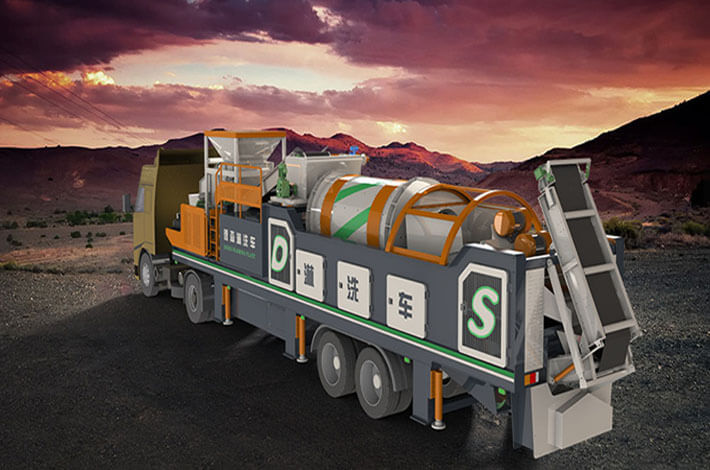River Dredging Mud-Sand Separation: Desen’s Mobile plant Protects Ecosystems and Recycles Resources
River dredging is critical for flood prevention and water quality—but traditional methods dump all excavated sludge (sand + toxic mud) into landfills or waterways, wasting resources and harming aquatic life. Dredging a 1-kilometer river stretch can generate 10,000+ cubic meters of sludge; dumping i
River dredging is critical for flood prevention and water quality—but traditional methods dump all excavated sludge (sand + toxic mud) into landfills or waterways, wasting resources and harming aquatic life. Dredging a 1-kilometer river stretch can generate 10,000+ cubic meters of sludge; dumping it disrupts fish spawning grounds and releases pollutants back into the water. For water management agencies and NGOs, balancing dredging effectiveness with ecological protection is a major challenge.

Desen’s mobile river dredging screening plant offers an **eco-friendly alternative** that separates, recycles, and protects. Mounted on a truck or barge (for deep rivers), the plant uses a hydraulic pump to suction sludge from the riverbed. A screw conveyor feeds sludge into a three-layer vibrating screen: top screen (10 mm) removes rocks/branches, middle screen (2 mm) separates clean sand from mud, and bottom screen captures pollutant-laden silt.
Clean sand (impurity ≤5%) is reused for riverbank stabilization (preventing erosion), wetland restoration, or construction. Toxic mud goes to a plate-and-frame filter press, reducing volume by 60% into dry cakes (tested for safety—safe cakes become soil amendments, unsafe ones go to hazardous waste facilities). Treated water (via flocculation and filtration) is discharged back to the river (meeting surface water standards) or reused for dredging.
A Hangzhou West Lake project (a UNESCO site) shows its impact: over 18 days, the plant processed 3,200 cubic meters of sediment, recovering 2,560 tons of sand for shoreline restoration (planting native reeds) and turning 640 tons of mud into a wetland habitat. Water clarity improved from 0.8m to 1.5m, and algal blooms dropped by 70%.





